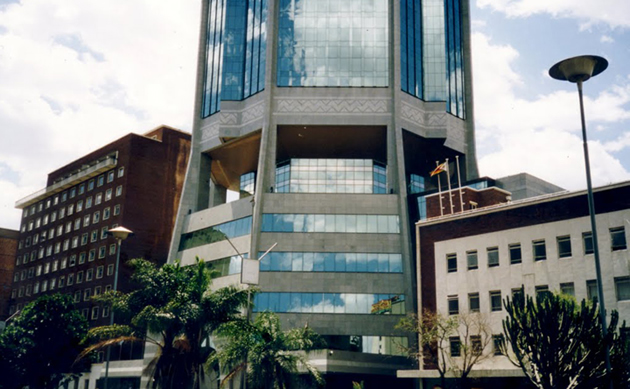Banks to slash lending rates

Conrad Mwanawashe Business Reporter
THE Reserve Bank of Zimbabwe is expected to announce new measures aimed at containing the cost of lending, currently averaging 20 percent per annum.
In a presentation at last week’s Zimbabwe Food Conference and Expo, Agribank Head of Strategy, Marketing and Business Development Mr Joseph Mverecha said the Bankers’ Association of Zimbabwe and the central bank are working together on the measures to ameliorate the cost of money.
He said banks are getting money at interest rates around 12 percent because of the high risk premium on Zimbabwe.
“We are working very closely with the RBZ. There are contextual issues that you must understand about the cost of funding in Zimbabwe. We don’t get money like the way Botswana do, like Tanzania do at 7-7,5 percent, like they do in Mauritius at 5,5 percent.
“The Governor (Dr John Mangudya) will be communicating in his Monetary Policy Statement, perhaps not far from now, on what progress banks would have made in that regard. So let’s not pre-empt what the Governor is going to say,” said Mr Mverecha.
He said the challenge of agriculture financing in Zimbabwe must be viewed in the context of the broader economic situation prevailing in the country characterised by serious liquidity constraints, declining economic activity, low domestic demand and a widening current account deficit.
“Banks don’t own money. They are custodians of ordinary Zimbabweans’ money and every banker trembles when he gives out money. It belongs to the public, it’s not our money,” said Mr Mverecha.
“This requires that the limited financial resources available be shared equitably across the productive sectors while exploring alternative sources of mobilising foreign inflows such as Diaspora inflows and Foreign Direct Investment,” he said.
Mr Mverecha said Zimbabwe does not have medium and long-term funding required in agriculture and the short-term funding is not adequate to meet the financial requirements in agriculture.
The agriculture sector took up 19 percent of the total $3,8 billion advanced by banks since 1999.
Cumulative lending since 2009 by the financial sector reached $3,8 billion with the agriculture sector taking 19 percent of that at a time when over 80 percent of the deposits are demand deposits.
“International and regional lines of credit are few and subject to high risk premium, reflecting the perception of Zimbabwe as high risk due to the existing external debt payment arrears and debt overhang,” said Mr Mverecha.











Comments